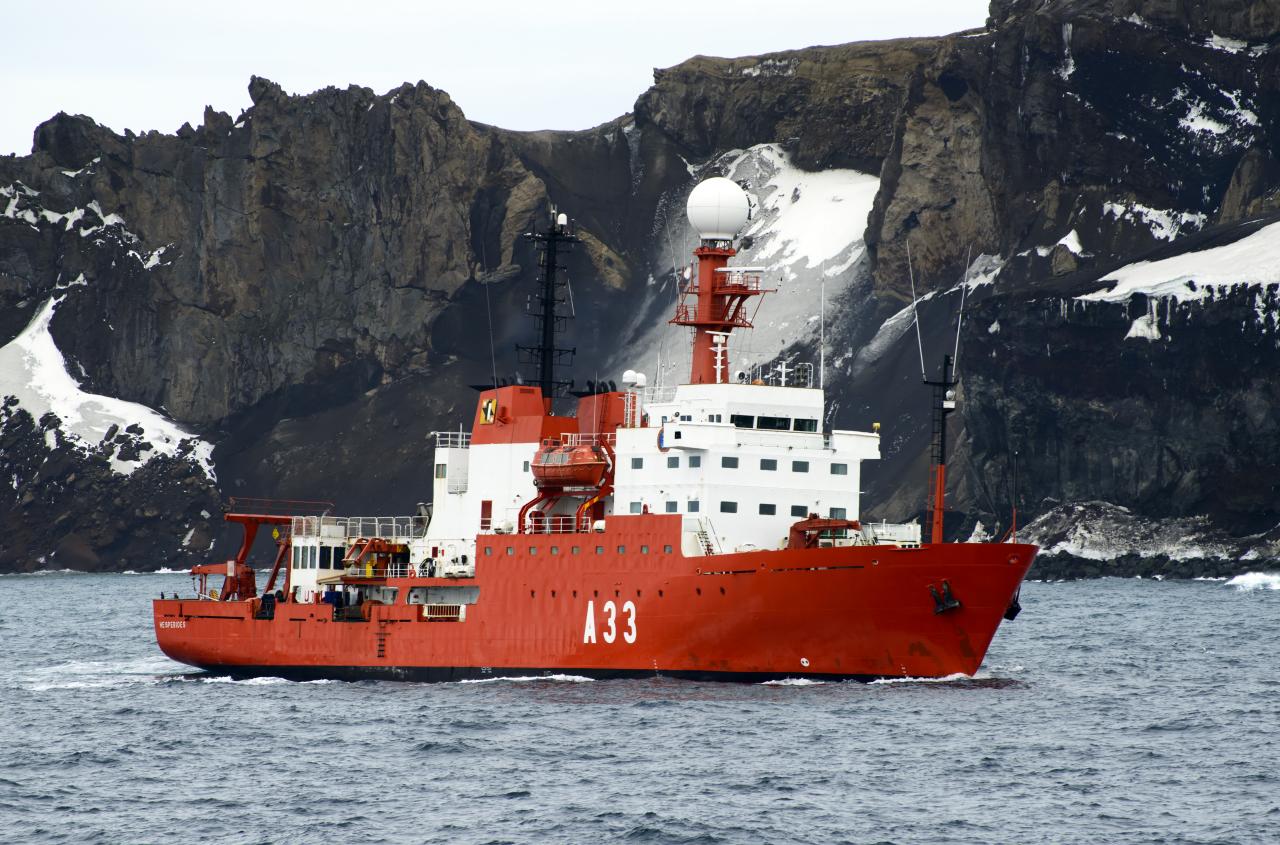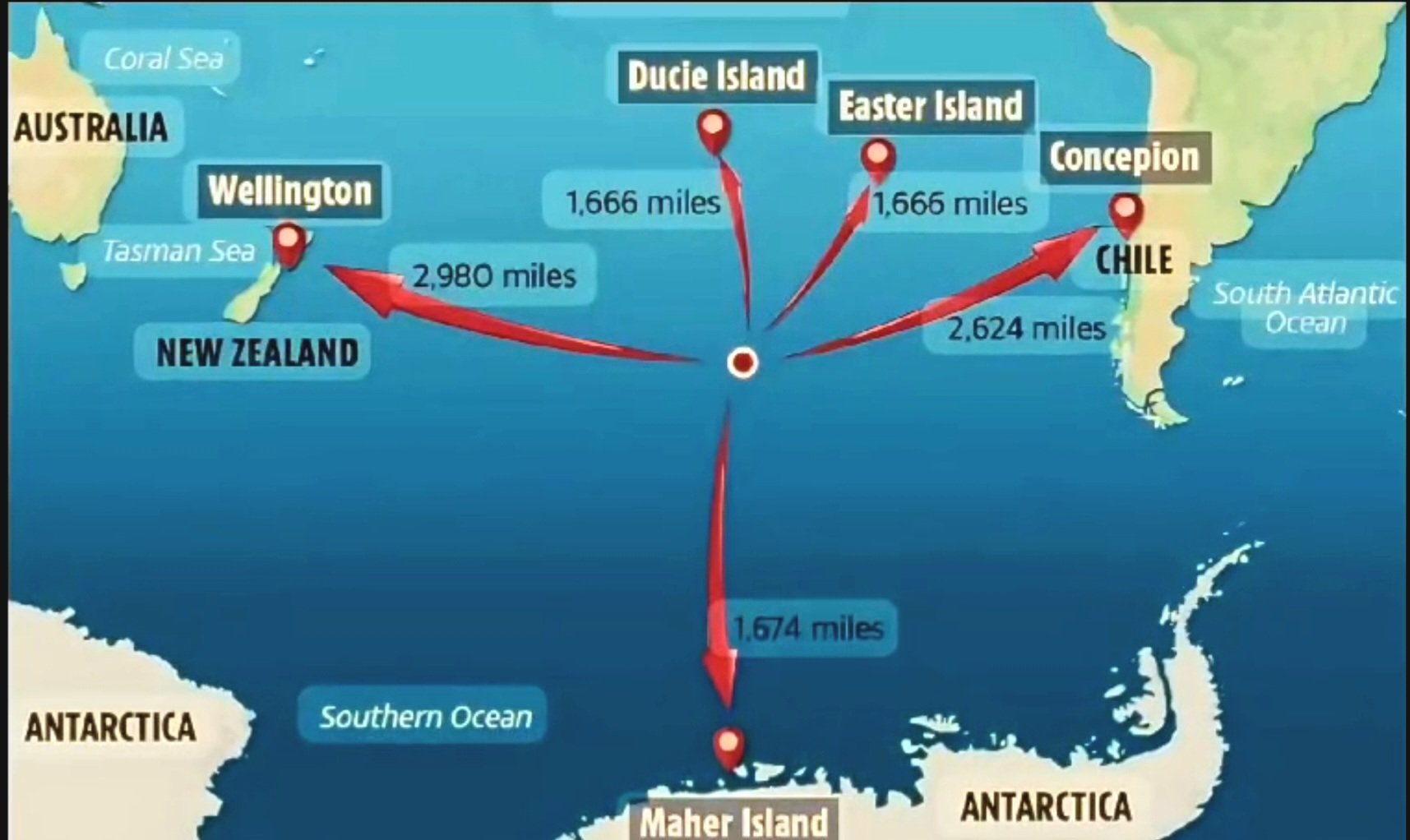Updated 15:48 IST, January 30th 2025
INSV Tarini Passes Through Earth’s Most Remote Location, Point Nemo, Marking Milestone for India’s Women Naval Officers
Lieutenant Commander Dilna K and Lieutenant Commander Roopa A of the Indian Navy have made history by successfully sailing through Point Nemo.

New Delhi, India – In a momentous achievement for both Indian maritime exploration and women’s empowerment, Lieutenant Commander Dilna K and Lieutenant Commander Roopa A, onboard INSV Tarini, successfully sailed through the most remote location on Earth, Point Nemo, at 0030h (IST) on January 30, 2025. The milestone was reached while the officers were en route from Lyttelton, New Zealand, to Port Stanley in the Falkland Islands, marking the third leg of the prestigious Navika Sagar Parikrama II expedition.
Point Nemo, situated at coordinates 48°53′S 123°24′W, is renowned as the Oceanic Pole of Inaccessibility—one of the most isolated spots on the planet. Located approximately 2,688 kilometres from the nearest landmass, the area is known for its extreme remoteness. The closest human presence is often aboard the International Space Station, which orbits above this remote stretch of the South Pacific Ocean. Additionally, Point Nemo serves as a decommissioned spacecraft cemetery, where defunct satellites and space stations are deliberately directed to re-enter Earth's atmosphere and fall into the ocean, far from human populations.
A Rare Maritime Achievement: The Spanish Hespérides and INSV Tarini

Point Nemo has long been known for its isolation and inaccessibility, with the Spanish research vessel Hespérides being the first ship to sail to this extraordinary point in 1999. Since then, very few vessels have made their way to this remote region. However, in a historic first for India, INSV Tarini, under the sails of two Indian naval officers, has passed through Point Nemo, underscoring India’s growing leadership in global maritime exploration. Notably, the vessel made this journey entirely under sail, adding to the significance of the achievement.
INSV Tarini’s remarkable journey through this remote point highlights the vessel’s resilience and the capabilities of its crew in navigating one of the Earth’s most inhospitable environments.
INSV Tarini: A Vessel of Resilience
INSV Tarini, the vessel that carried the two naval officers through this challenging milestone, was built at the Aquarius Shipyard in Divar, Goa, and was handed over to the Indian Navy on February 18, 2017. Named after the Tara Tarini temple, Tarini is a cruising sloop made of a wood-core and fibreglass sandwich hull. Measuring 56 feet in length, the boat is equipped with six sails, including mainsail, genoa, stay, downwind, and storm sails, making it capable of handling extreme maritime conditions. The mast of the boat, custom-built by Southern Spars, reaches a height of 25 meters, further showcasing the vessel’s ability to brave the open ocean.
A7FY.jpeg)
The officers onboard have demonstrated remarkable skill and fortitude in navigating one of the most remote regions of the Earth, bringing India’s naval capabilities to the forefront of the global maritime stage. As part of their scientific endeavour, the officers have also collected vital water samples from the Point Nemo area. These samples, to be analyzed by the National Institute of Oceanography (NIO), will provide valuable insights into oceanic conditions, including marine biodiversity and the chemical composition of the waters in this uncharted part of the world. The results of these studies will contribute significantly to global oceanographic research, assisting scientists in understanding the ecological dynamics of the South Pacific Ocean.
Navika Sagar Parikrama II: Empowering Women and Advancing Scientific Exploration
Navika Sagar Parikrama II, the second such expedition, stands as a testament to the resilience and determination of India’s women naval officers. Under the leadership of the Indian Navy, the expedition seeks to break boundaries and reinforce India’s commitment to fostering scientific collaboration and maritime exploration. This journey has also proven to be a powerful symbol of empowerment, as the officers sail around the world on a mission that is advancing India’s standing in the international maritime community while demonstrating the capabilities of women in leadership positions.

This extraordinary achievement comes as the officers sail toward their next port of call at Port Stanley in the Falkland Islands, continuing the leg of their journey that will see them circumnavigate the globe. The success of this expedition not only adds to the growing legacy of women in the Indian Armed Forces but also strengthens India’s position as a leading player in global oceanographic research and maritime excellence.
Published 15:48 IST, January 30th 2025
